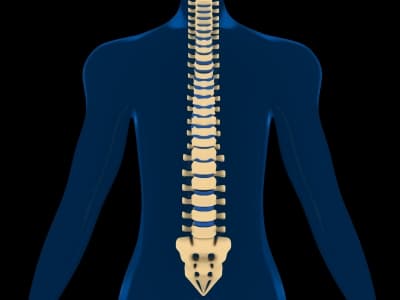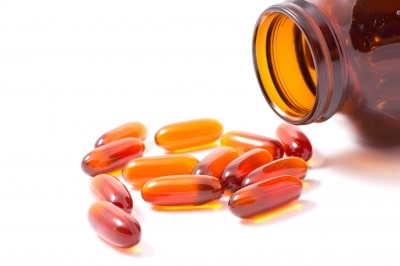
by admin | 3 August, 2021 | Neurological Rehabilitation
Transcranial Magnetic Stimulation (TMS) is a neuromodulation technique whereby the polarisation of neurons is induced by an electromagnetically generated electric field across the scalp; ion movement within the brain occurs without electrical current flowing across...

by Claire Connolly | 28 June, 2021 | Neurological Rehabilitation, Occupational Therapy
Incontinence is a widespread condition to describe involuntary loss of urine from the bladder (Continence Foundation Of Australia, 2020). It prevails in over 4.8 million Australians, making it a very common problem (Friendly Society Private Hospital, 2018). ...

by Jo Mak | 14 June, 2015 | Neurological Rehabilitation
It seems that the Wii is not only great for a round of Mario Kart but is also an effective rehabilitation tool for stroke survivors, studies show. The most common disabilities resulting from strokes are paralysis, limb control problems, standing balance and mobility...

by Jo Mak | 23 April, 2015 | Dietetics, Neurological Rehabilitation, Physiotherapy
Osteoporosis (OP) is a condition of brittle and fragile bones due to loss of bone tissues. It is crucial to be aware of the risk factors of this ‘silent disease’ to prevent injurious fractures. Risk factors associated with OP may be pertaining to lifestyle, age,...

by Jo Mak | 23 February, 2015 | Dietetics, Neurological Rehabilitation
A new small study has identified a link between vitamin D levels, stroke severity and recovery. At the “International Stroke Conference 2015” of the American Stroke Association in Nashville, Tennessee, it was presented that people with lower vitamin D levels have more...

by Jo Mak | 18 February, 2015 | Dietetics, Neurological Rehabilitation, Physiotherapy
Strokes occur when the blood supply to the brain is disrupted through either blocked or burst arteries. This disturbance of oxygen and nutrients can cause brain cells to die and results in brain damage. In Australia, stroke is one of the primary causes of disability...







